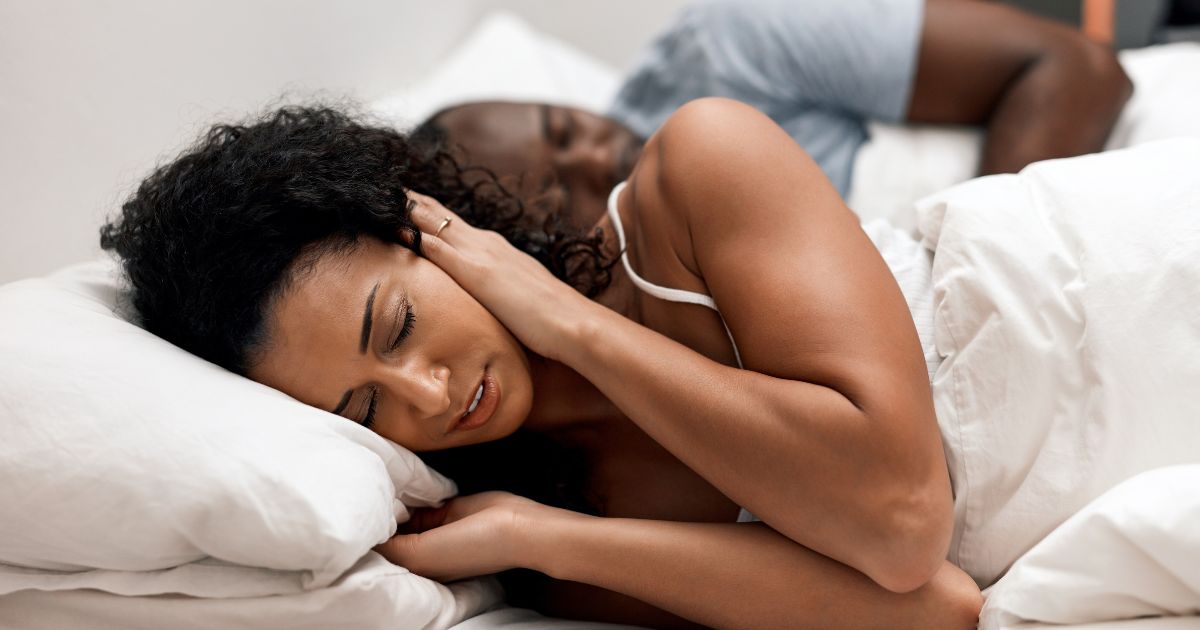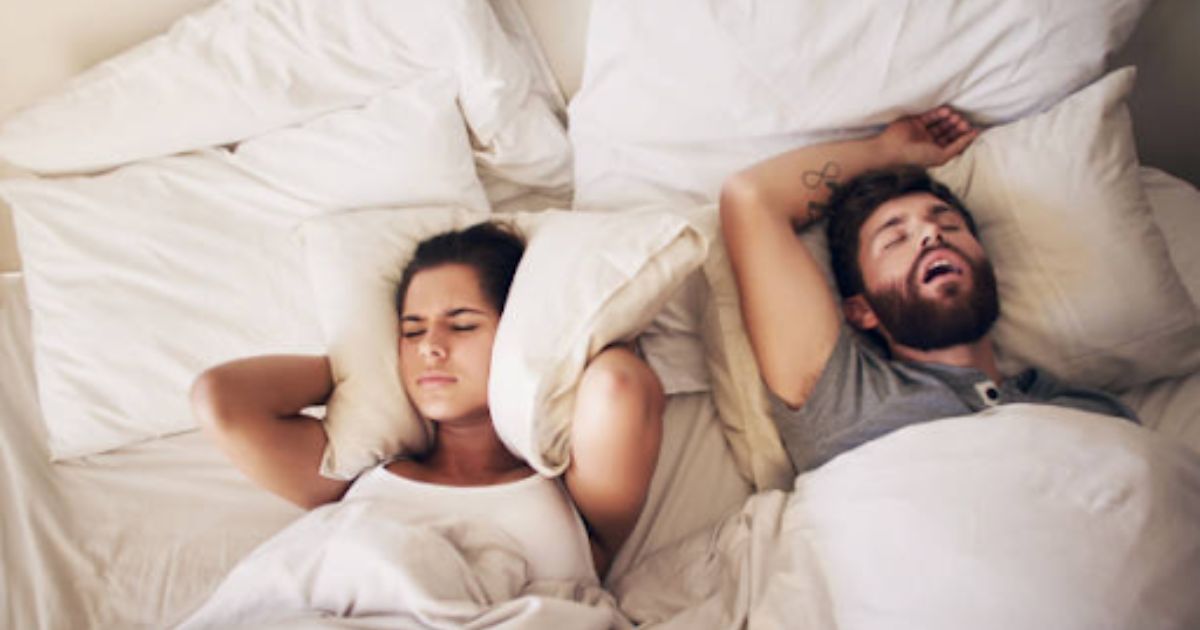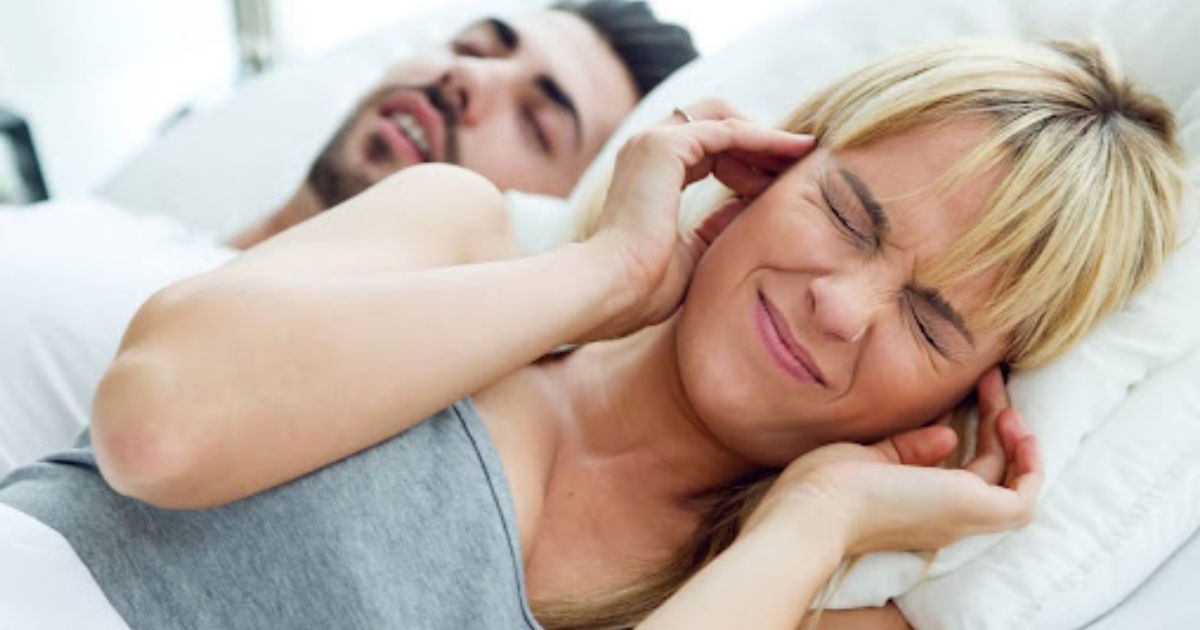Jacksonville Sleep Center prescribes CPAP (continuous positive airway pressure) therapy to treat many of our patients with obstructive sleep apnea. It’s a very effective therapy for treating this disorder, but it can be difficult to get used to at first. Learn more about this treatment how to sleep with a CPAP machine below.
What is Obstructive Sleep Apnea?
Obstructive sleep apnea is a serious sleep disorder that causes one’s breathing to start and stop frequently while they sleep. With obstructive sleep apnea, the muscles of the throat sporadically relax, blocking the airway during sleep.
Symptoms include excessive daytime sleepiness, snoring, observed pauses in breathing during sleep, waking abruptly with gasping or choking and difficulty concentrating. If you or a family member are experiencing any of the signs of obstructive sleep apnea, contact Jacksonville Sleep Center for an evaluation.
CPAP Treatment for Obstructive Sleep Apnea.
CPAP therapy is an excellent option to treat the most bothersome symptoms of obstructive sleep apnea. This type of therapy involves wearing a mask that covers the mouth and or nose. The mask is connected to the CPAP machine by a tube. The machine keeps the airways open using mild air pressure. This ensures that the airways do not collapse when breathing during sleep. CPAP therapy also eliminates snoring, improves quality of sleep and reduces daytime sleepiness.
How to Sleep Better with a CPAP.
For some Jacksonville Sleep Center patients, sleeping with a CPAP machine can be awkward in the beginning. Some of the most common issues are a feeling of claustrophobia, trouble falling asleep, leaky mask and dry mouth. Here are some ways to improve common issues with CPAP therapy.
- Make sure your mask fits properly. Finding the right size mask for your face is very important in getting a comfortable fit. Everyone has a different face shape, and there are wide range of CPAP masks available. Most masks can also be adjusted to provide a better fit.
- Try a different style mask. There are a number of different CPAP mask styles. If one style is troubling you, another may be more comfortable. There are full face masks, nasal masks and nasal pillows. Speak to your sleep specialist about the pros and cons of each type of CPAP mask.
- Get used to your CPAP gradually. If you’re having trouble getting used to your CPAP mask or feel claustrophobic, try wearing it for short periods of time while you’re awake to get used to it. You can then move on to wearing it for short naps, and eventually try sleeping through the night with it.
- Prevent nasal congestion. Dry, stuffy nose can be a sign that you have a leaky mask. Check to make sure that your mask fits securely so that air is not escaping. There are also CPAP machines that feature humidifiers to help prevent dryness. You can also try using saline nasal sprays at bedtime.
- Try a machine with a ramp feature. Falling asleep with forced air can take some getting used to. A CPAP machine with a ramp feature gradually increases the air pressure as you fall asleep. This can help you learn to tolerate the air and help you fall asleep more easily.
- Maintain good sleep hygiene. Trying to maintain good sleep habits can go a long way in helping you adjust to your CPAP therapy. For example, have a consistent bedtime, keep your room a cool enough, use comfortable bedding and avoid caffeine, alcohol and heavy foods before bedtime.
Call Jacksonville Sleep Center
If you have obstructive sleep apnea and are having trouble with your treatment, contact the sleep specialists at Jacksonville Sleep Center. There are a wide range of CPAP options available, sometimes it’s just a matter of finding the right one. Call us for an appointment at (904) 854-6899.






